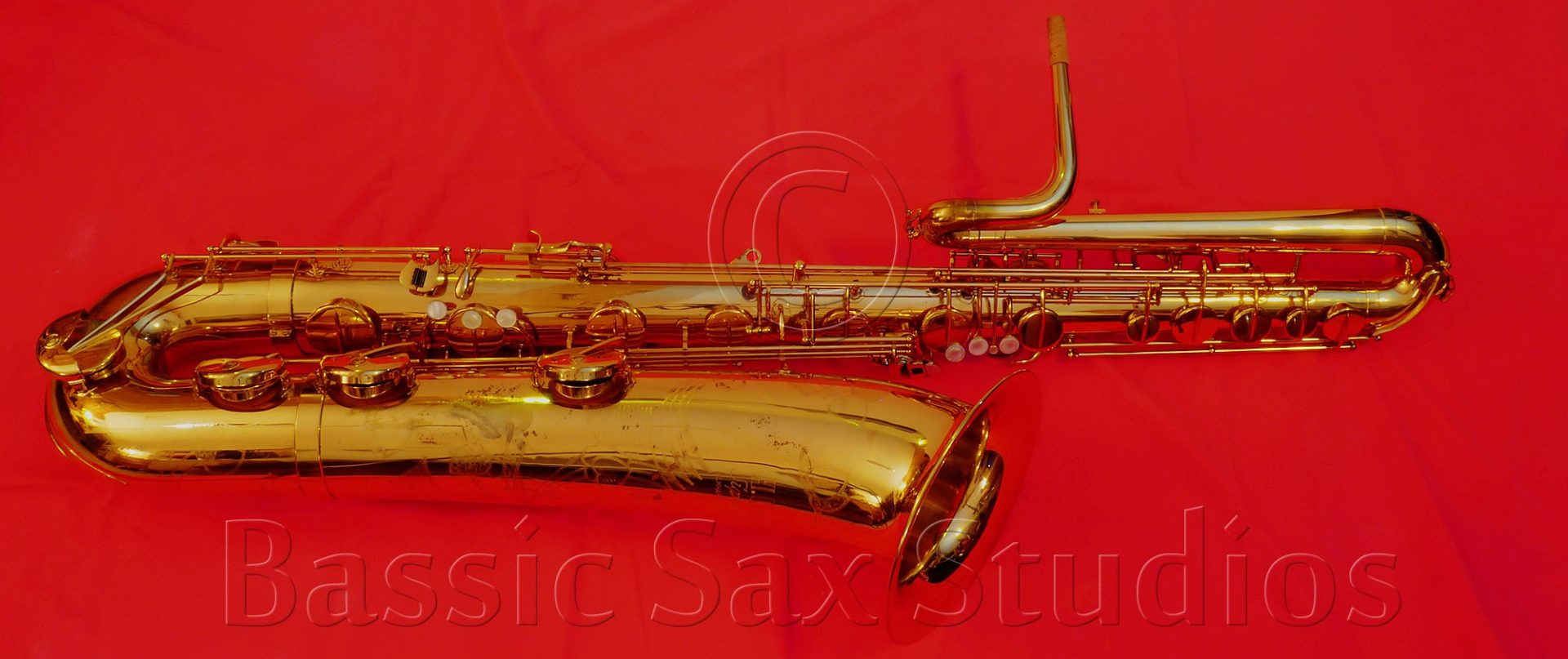Updated 2025
In September, 2011, I picked up this rather interesting promotional brochure from Hohner, which extols the virtues of their President saxophones. On the back there is also a list of all the various accessories which could be purchased for the horns.
Unfortunately there is no date of publication on this pamphlet, therefore we don’t know exactly when it was printed. However, based on the features illustrated on the instrument, we have to assume it came from the first couple of years (1949-51) of the brand’s production. Why? Because in my 15+ years researching the brand, of the earliest Phase 1 examples I have seen (21xx from 1952) don’t look exactly like this.
So let’s take a look at how the then Matthias Hohner AG—from Trossingen, Baden-Württemberg, Germany—described these unique, fine professional saxophones designed by, Max Keilwerth, in what may well be their earliest brochure.




You must be logged in to post a comment.